Bold Sunglasses, Athleisure Frames Define Spring 2022 Eyewear in Challenging Times

MILAN — Despite the swirling challenges the global economy is facing with the pandemic still circulating, the Russian-Ukrainian war, inflation and continued supply chain snafus, the eyewear sector seems to be ready to embrace new potential opportunities in the market.
The industry gathered at the three-day trade show Mido, which closed on May 2 and attracted 22,000 visitors. This amounted to roughly one-third of the tally in 2019, the last time the show was held IRL. The edition showcased the spring collections of 660 exhibitors, half the 2019 number.
More from WWD
The show usually takes place in late February or early March and executives lamented that the delay this year provided fewer business opportunities as sales campaigns had almost ended by the time buyers hit the Rho-Milano fairgrounds. Nonetheless, they touted the chance to network and Safilo’s chief executive officer Angelo Trocchia stressed how important and symbolic it felt to be back IRL at the fairgrounds.
Exports of Italian eyewear climbed 42.7 percent in the first nine months of 2021 to 2.9 billion euros, a 0.4 percent gain versus 2019, suggesting the industry is on track for a full recovery.
A decline in eyesight spurred by pandemic-induced remote working benefited optical frames, which registered the strongest gains with exports jumping 48.5 percent compared to 2020, according to preliminary figures provided by Anfao, Italy’s association of eyewear manufacturers.
Marchon’s chief marketing officer and senior vice president of brands Thomas Burkhardt said 2021 was the best-performing year in the company’s history with growth “driven by very strong recovery of the optical market. Especially in the U.S. and Western Europe, people’s need for vision care has increased throughout the pandemic.”
Trocchia noted how Europe, Latin America and the Middle East proved dynamic and backed the group’s performance last year and in the first quarter of 2022. “In spite of the challenges still posed by the COVID-19 pandemic and inflation linked to the conflict in Ukraine, we remain confident that the eyewear sector’s resilience and efficacy of our group’s strategy will sustain sales and margin growth throughout 2022,” he said.
The industry’s overall little exposure to the Russian and Ukrainian markets certainly helped it dodge the related economic fallout of the war, with companies including Marchon and Marcolin suspending operations in Russia.
Marcolin’s CEO Fabrizio Curci said Russia accounts for only 2 percent of its turnover, but he hopes the war is resolved and that business relations between the country and western nations resume. De Rigo’s executive vice president Maurizio Dessolis had little hope that the market will return to the spotlight given the ongoing economic sanctions.
Overall confidence about prospects was partially hurt by supply chain issues across the industry, with companies dodging the fallout by strengthening their efficiency. While delays and increasing costs for transportation are slightly denting the bottom line, the sector is proving resilient. “Even if the markets are recovering, we are unable to embrace this opportunity at its best,” Dessolis contended.
In 2021, the Longarone, Italy-based eyewear specialist De Rigo posted sales of 421.6 million euros, up 21.9 percent compared to 2020, driven by a strong performance in the Americas, especially the U.S. where the launch of the Gap eyewear collection later this year should inject more energy.
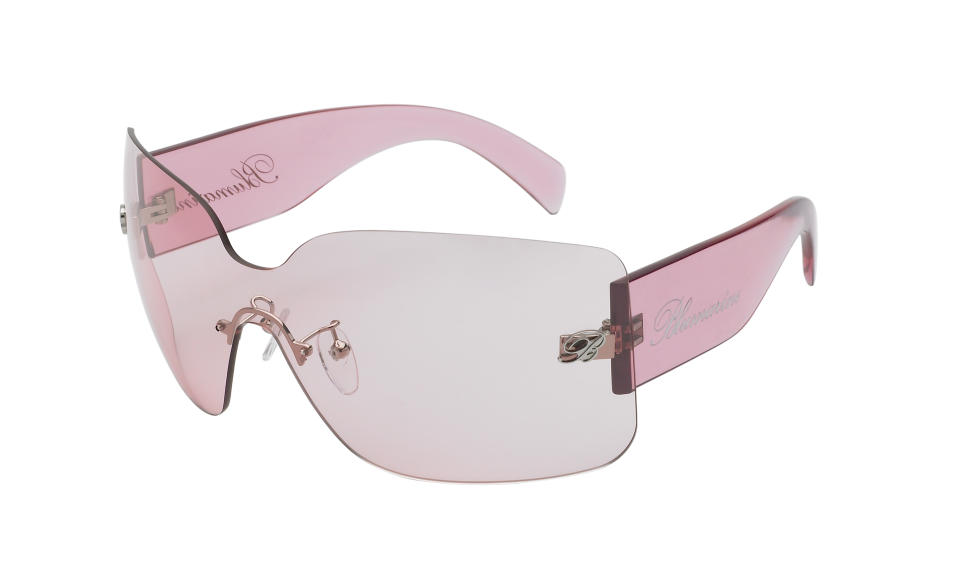
Courtesy of De Rigo
“If one looks at addressing stable markets, today’s not the case, but if you’re fine-tuned and efficient enough, you feel way less pressure [on business],” Curci echoed.
The executive touted the company’s 2021 performance with revenues up 34 percent compared to 2020 to 455.6 million euros and adjusted earnings before interests, taxes, depreciation and amortization amounting to 11 percent of net sales. The executive attributed the acceleration to the firm’s solid Made in Italy supply chain and key investments in management and tech capabilities.
“When you spend a lot of time putting your entire manufacturing pipeline under control, it helps you dodge the variables that would emerge,” Curci said, underscoring how Marcolin has, for example, increased its raw materials stock.
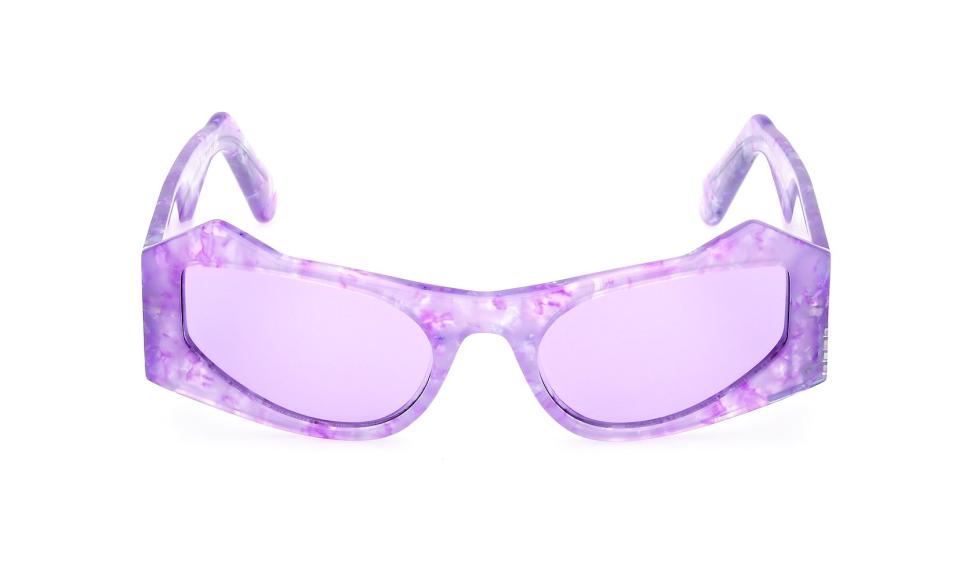
Courtesy of Marcolin
That was the recipe that helped Moscot be prepared for any disruption wrought by the pandemic. “The pandemic was really an opportunity to analyze our business” and strengthen our operations, said chief designer officer Zack Moscot. “We invested in our product and inventory and we’re now able to deliver and step on the gas and we’re not facing some of the challenges that a lot of competitors are facing in terms of supply, we’re in a really good position to service our customers,” he offered.
The family-run business did not attend the Mido trade show this season as it is not looking at expanding the number of wholesale accounts. On a trip across Europe scouting for new retail locations, Moscot told WWD that his goal is to “keep the brand in a very tight, strategic and selective place,” investing on new direct-to-consumer locations, especially in Europe.
Marchon is closely monitoring the evolution of China’s lockdowns and how these may impact productivity in the long term. “It is a daily touch base with our colleagues on the ground; we have teams in Asia directly in touch with our vendors there to make sure that we have visibility,” he said.
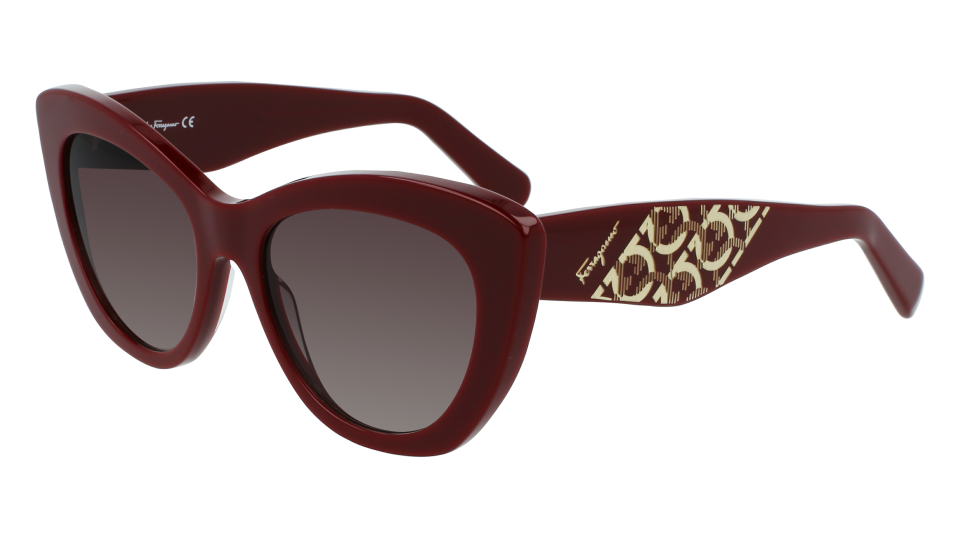
Courtesy of Marchon
At the same time, the spotty management of the pandemic in Asian countries is denting consumer confidence in the region, especially in China.
“Asia remains challenging…now we are starting to see recovery of consumer confidence in Japan and [South] Korea, which were lagging, and they are very important markets for us, but obviously what’s happening in China is affecting everybody,” Burkhardt said.
Curci echoed that sentiment and described the performance in the region as “oscillating.” In 2020, the eyewear manufacturer acquired the joint venture it had established in 2020 with Ginko Group for Chinese operations and Curci said it benefited from operating directly.
Historically less exposed to the market than its competitors given its primary dependence on sunglasses, Dessolis said China experienced brisk activity and rebound in the first half of 2021 but then stalled. Elsewhere in the region, De Rigo’s “exposure to travel retail, which has been severely impacted, dented performance in South Korea,” the executive said.
Spring collections hinged on bold, often chunky silhouettes, with bejeweled sunglasses, colored acetate and oversize frames nodding to a post-pandemic desire for statement accessories. From Moschino’s heart-shaped bubblegum pink frames and Jimmy Choo frames with pearls to Philipp Plein’s masks with rhinestone encrusted logos on the temples, sunglasses provided looks to get noticed.
Brands that would traditionally embrace more subdued styles, including Salvatore Ferragamo and Max Mara, played with oversize proportions framed by chunky acetate. De Rigo recently launched a proprietary brand, Yalea, offering square styles bearing multiple colors and patterns, while Victoria Beckham kept it unfussy with refined oversize black numbers.
Men seem to be embracing athleisure and performance-driven styles as suggested by lensmaker Zeiss entering the eyewear business, with Marchon and Polaroid applying its polarized lenses to outdoorsy frames.
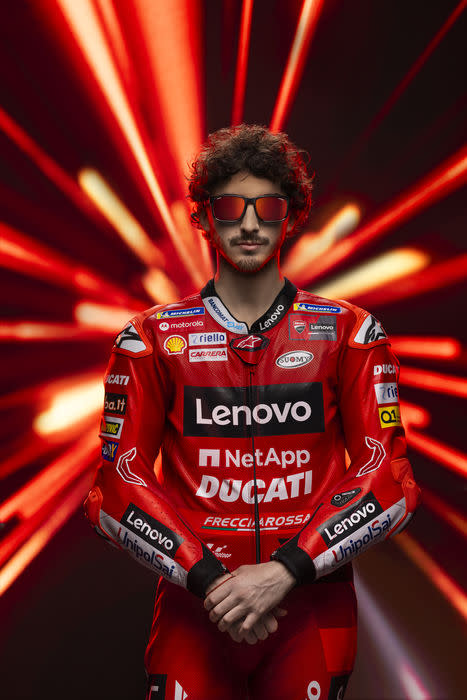
Courtesy of Safilo
Along the same lines, the motor business is getting its share of visibility via tie-ups with eyewear companies. For instance, Marcolin’s proprietary brand Web Eyewear, which has recently undergone a full revamp, introduced a three-year collaboration with Alfa Romeo Formula 1 Team Orlen, while the firm’s licensed automotive brand BMW unveiled sunglasses featuring Vi/ON lenses, particularly suitable for driving. At Safilo Group, house brand Carrera linked with Ducati for a collection that includes a 300-piece limited-edition frame crafted from titanium and carbon.
At Italia Independent, the CR7 licensed brand offered mirror lensed frames with rubberized details, in sync with soccer champion Cristiano Ronaldo’s active lifestyle. The company’s new direction under the lead of recently named creative head Matteo Pontello could be seen in the streamlined proposition across its portfolio of brands.
For the Italia Independent main line, velvet returned front and center, deployed in a darker and muted palette for cat-eyed shapes with lenses in contrasting colors, while at the Laps brand, Pontello worked a fresh color palette of watermelon red and baby blue, nodding to company founder Lapo Elkann’s dandy style. “I fell in love with the company and my goal is to build and relaunch the brand injecting freshness, energy and a contemporary spin to bring it back to its glory.”
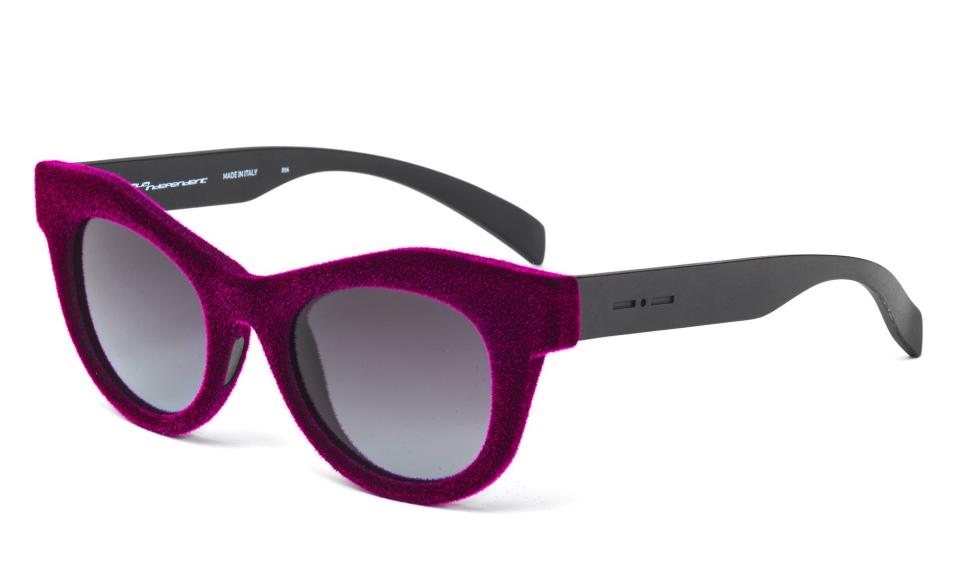
Gianfranco Roselli/Courtesy of Italia Independent
Sustainability continued to be a ubiquitous trend, with eyewear companies investing heavily in developing and adopting eco-minded materials.
Under the newly minted, consumer-facing “Eyes of Tomorrow” umbrella, Marchon furthered its CSR efforts and unveiled the use of Eastman’s Tritan Renew material, a recycled co-polyester, for its frames and lenses starting in 2023, while Timberland’s Earthkeepers collection crafted from 35 percent bio-based plastic materials and Gant’s eyewear made of 85 percent r-PET plastics indicated Marcolin’s environmentally responsible bent.

Tullio M. Puglia/Getty Images for Mido
Similarly, Safilo has been upping the ante on the use of eco-friendly materials, with bio-based acetate frames appearing in the collection of Boss; cotton cellulose eco-acetate for Tommy Jeans sunglasses, and eco-polyamide containing 40 percent of bio-based plastics derived from castor-oil and other renewable sources at Polaroid. Levi’s introduced frames made of Hexetate, a patented acrylic resin.
The next edition of Mido will run Feb. 4 to 6.
Sign up for WWD's Newsletter. For the latest news, follow us on Twitter, Facebook, and Instagram.

